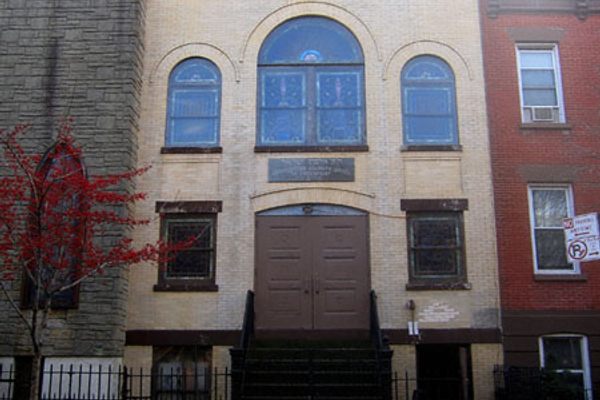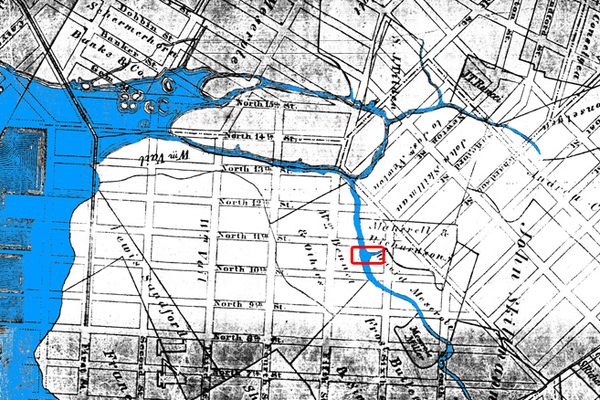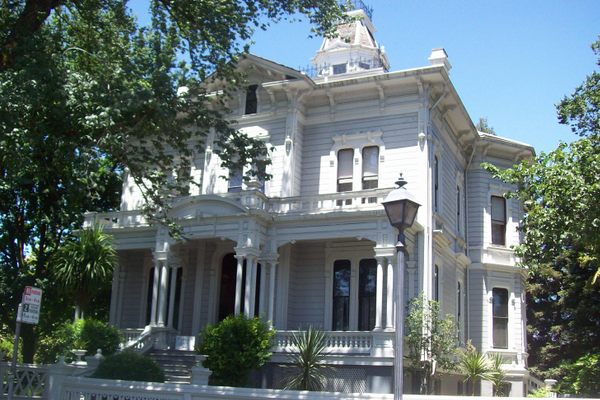The First Home in Greenpoint
Where Greenpoint's first European settler—and troublemaker—made his home.
When the Europeans first encountered the bluff on the Long Island coastline of the East River in the 1640’s, it was verdant, overgrown with Hemlock.
A species of evergreen tree prized by the shipbuilding industry during the age of sail, Hemlock was used for masts and for milling into deck planks. The name given to this lovely verdant bluff was Green Point.
The first settler here was Dirck Volckertszen, known as Dirck the Norman - Norman was Dutch for northman and Dirck was a Norwegian - in 1645. Dirck built a 1 1⁄2-story farmhouse which would have been located at the end of Freeman Street. Dirck planted crops and fruit trees, and grazed sheep and cattle in the area.
Not everything was so idyllic. Dirck had trouble with his neighbors the Keshaechqueren Indians who killed two of Dirck’s son-in-laws and tortured another. Eventually, Dirck’s grandsons sold his property to Pieter Praa. The Praa’s were to become one of Greenpoint’s five founding families for the next 100 years.
These five Dutch families (Praa, Meserole, Calyer, Provoost and Bennett), and their African slaves gained possession of the land, which was defined by its waterways. Newtown Creek and Bushwick Creek drained into the East River, and their wetlands formed a swamp called the Cripplebush which isolated Greenpoint from the nearby Bushwick and Brooklyn colonies.
Greenpoint is generally defined as North 15th Street on the south, the East River on the West, Newton Creek on the north and the Brooklyn-Queens Expressway to the east. This corresponds, roughly, to the 17th Ward of the 19th century.
In the 1850’s, an engineer named Neziah Bliss married into one of the Five Families (the Messeroles) and laid out the modern street grid, using simple alphabet names. Unhappy with the simplistic names, Greenpointers later renamed the streets, for example- A,B, or O became Ash, Box, or Oak.















Follow us on Twitter to get the latest on the world's hidden wonders.
Like us on Facebook to get the latest on the world's hidden wonders.
Follow us on Twitter Like us on Facebook